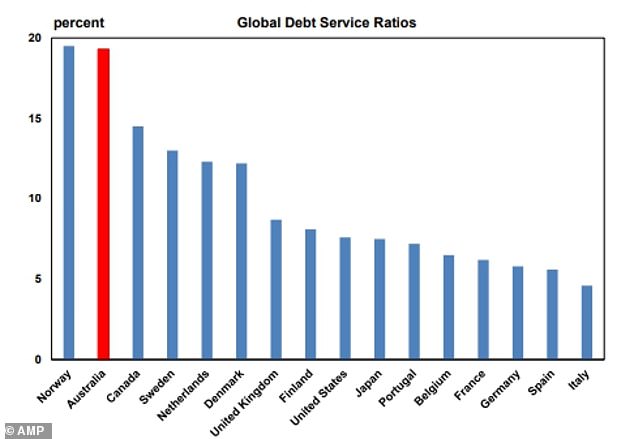Younger Australians are increasingly working two full-time jobs and working 80-hour weeks to cope with cost-of-living crises and unaffordable housing, a new study shows.
With unemployment still low at 4.1 percent, those with a desk job are taking on another full-time job to cope with higher bills, employment site Indeed has found.
Younger Gen Z workers, born since 1997, were more likely to work 80 hours a week: one in six did so, compared with one in seven Millennials born between 1981 and 1996.
Among those who work two jobs, 93 percent work their second job during the hours of their main job, and working from home creates new possibilities.
Indeed careers expert Sally McKibbin said Australia’s cost of living crisis was forcing younger Australians to work multiple full-time jobs, especially if they wanted to be able to afford a home.
“As living costs and property prices continue to outstrip incomes, Australian workers are responding by taking on additional paid work,” he said.
‘Purchasing power has not kept pace with rising property prices.
‘For Gen Z and millennials, the path to home ownership is proving challenging and unattainable for many without multiple sources of income.’
A new study shows that more and more Australians are working two full-time jobs at once and working 80-hour weeks to cope with the cost of living crisis and unaffordable housing
The median home price in Australia’s capital, at $992,473, is well out of reach for the average full-time worker earning $98,218.
The typical Australian worker buying a home on their own can only borrow $510,700 to buy a $638,400 home with a 20 per cent mortgage deposit.
AMP’s research also showed Australia has the second highest debt servicing ratio in the world after Norway, and the median house price in Sydney, at $1.4 million, costs more than 12 times the average salary, even with a deposit.
Deputy chief economist Diana Mousina noted that 80 per cent of the Reserve Bank of Australia’s rate increases resulted in higher mortgages, simply because variable rates are much more common than fixed-rate loans.
The strain was much more severe than in other nations, with only 65 percent of policy rate increases translating into higher monthly payments in N.New Zealand, compared with 53 percent in Canada and 32 percent in the United Kingdom.
“Overall, Australian consumers have underperformed over the past year compared to their global peers when looking at relative readings of consumer confidence, retail sales growth and household per capita disposable income growth,” Mousina said.
‘This reflects a faster transmission of interest rates to outstanding mortgages.’
This means that those who want to buy a house in an outer suburb of a major city have to work crazy hours just to be able to afford a property or even afford a house if they have a mortgage.

Indeed careers expert Sally McKibbin said Australia’s cost of living crisis was forcing younger Australians to work multiple full-time jobs, especially if they wanted to afford a home.
Unemployment rose slightly to 4.1 percent in June but 50,200 new jobs were created, giving full-time workers more options to take on additional work, Australian Bureau of Statistics data released on Thursday showed.
But working longer hours comes at a cost: Indeed’s research shows that 77 per cent had suffered from mental health problems, while three in four said it had affected their physical health.
Eight in ten said it had prevented them from spending time with their family.
Ms McKibbin said bosses would be alarmed if their staff worked another job during their free time.
“It is worrying to see so many workers borrowing time from their primary employers to manage second jobs, as this will obviously have a significant effect on business performance and workplace dynamics,” he said.
Those juggling multiple jobs almost universally turn to artificial intelligence: 94 percent use AI for their main job and 92 percent for their side hustles.

AMP research also showed Australia has the second highest debt servicing ratio in the world after Norway, and the median house price in Sydney is $1.4 million and costs more than 12 times the average salary, even with a deposit.
Nine out of ten people credited AI with being able to perform more than one full-time job.
“Using AI to manage multiple jobs highlights how technology is transforming the workforce,” McKibbin said.
‘However, the cost this has on workers’ mental and physical health cannot be ignored.
‘Balancing two full-time jobs, regardless of technological efficiency, is pushing many to their limits.’
Indeed’s research was based on a survey of 1,000 Australians aged 18-64 in April 2024.


